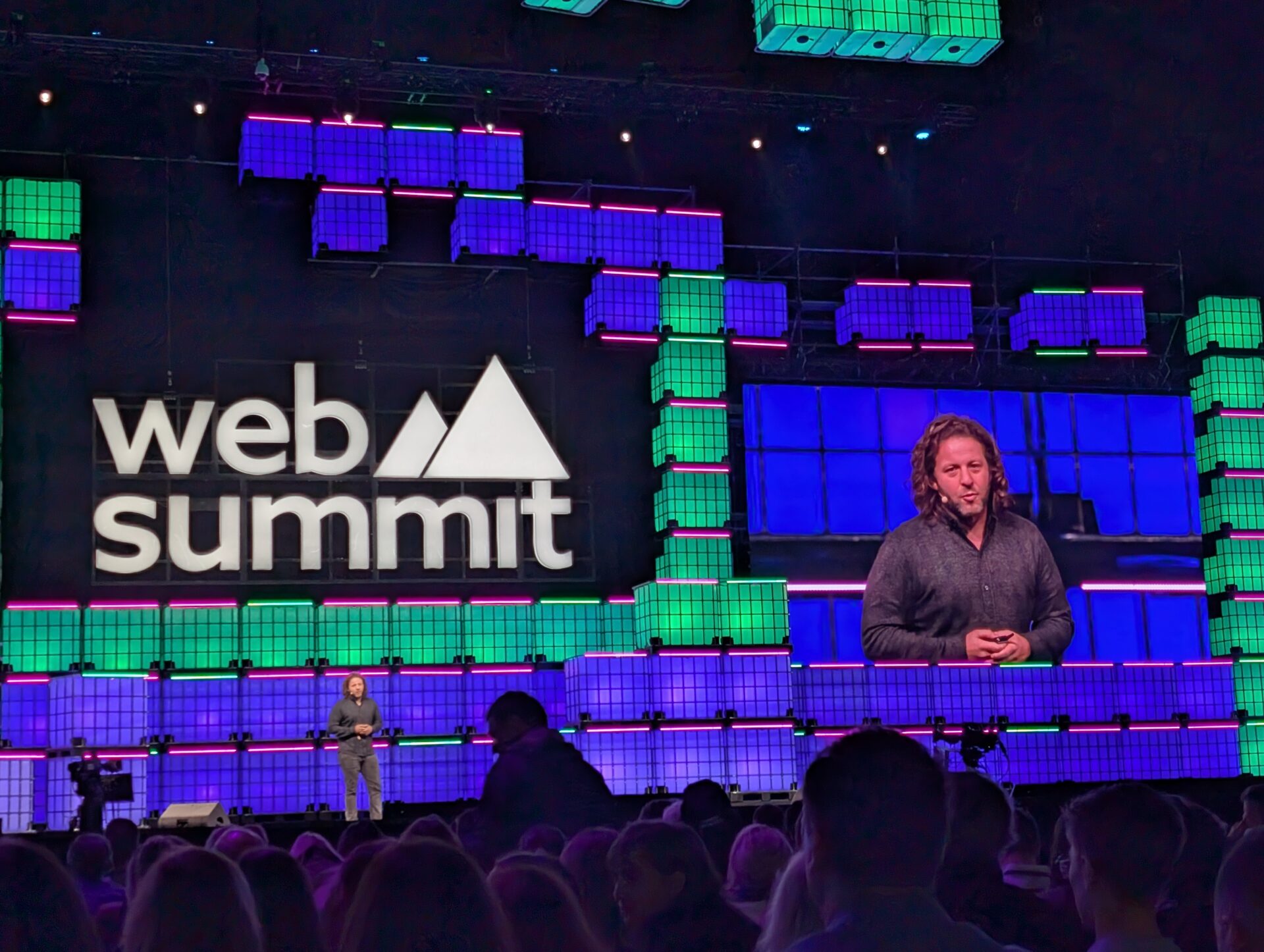Marketing technology (Martech) has an explosive 27.8% growth in 2024, including over 14,100 solutions, which underscores the urgency for professionals to stay updated. AI is the catalyst of our work; however, the new solutions require dedication and constant learning from the user side.
Learning new things often relies on video-based education because videos provide a dynamic, hands-on way to demonstrate complex tools, strategies, and workflows in action. This format aligns with martech’s fast-paced nature, enabling professionals to quickly grasp and apply new concepts through tutorials, webinars, and case studies that visually explain both the technology and its practical applications.
Educational videos that incorporate storytelling, interactivity, and concise formats mimic the characteristics of entertainment videos, making learning more intuitive and appealing. This shift represents not just an improvement in learning but a fundamental reimagining of how we grow and communicate in the digital age.
Beyond the simple video creations, realistic AI avatars further help to make the learning even more personalized. This article explores the benefits of visual learning, which helps overcome rapid technology challenges, accelerates mastery, and redefines knowledge sharing.
AI as a Catalyst for Faster, Deeper Learning
Martech investments reached a record $10.8 billion in Q2 2024, with 66% of this funding directed at AI-focused companies. The investment indicates also the huge amount of changes at the already existing platforms as well. Tools like Microsoft Co-Pilot, HubSpot’s AI-powered CRM, Jasper for marketing content, Salesforce Einstein, are reshaping the already existing workflows, putting pressure on marketers to go outside of their comfort zone, learn adopt and make trials every day.
Starting something new often triggers anxiety, especially when peers or team performance is involved, which can pull back the majority of the people from learning new things. Leading companies, such as Accenture invest 3 billion dollar over three years for AI, 30% of the budget, which goes to employee training.
Despite of the enormous investments, how can the companies ensure that all their employees learn and adopt the changes?
Virtual learning advantages and disadvantages
Due to the fact, that platforms are getting more complex, the written documentation with the linear story telling cannot cover all the updates and there is hardly time for introduction in-class training for newcomers. Probably these elements made the interactive on-demand AI videos became popular.

During Web Summit Lisbon, I had the pleasure to talk with Brewster Stanislav, Synthesia’s Chief Product Officer. The AI video communication platform, seems not only a trend but best practice as well. More than 60% of the Fortune 100 companies use the platform to train their employees, the platform has 1000 000 users from 120 countries.
According to researches, 77% of learners prefer video-based learning over text-based formats and that students are more likely to interact with course materials when video is used. This goes beyond simply catering to student preferences or comforts. 94% agree that video increases student satisfaction, and the same percentage attribute an improvement in student performance to the use of video.
Researches look quite engaging for the first, however it does not mean that all age group should be transferred immediately into interactive AI video teaching. Younger generation has special needs, especially grand school students requires the teacher’s attention and must learn soft skills like communication, critical thinking and problem solving before they jump into the cyber environment.
How can visual learning in corporate environment be used for training purposes?
- Preference for Visual and Auditory Learning
People prefer visual content, so interactive teaching helps process complex information more effectively, especially when learners not only watch sessions but also explore functionalities in real time on another screen. The most engaging teaching methods are those that make learning immersive and impactful. These approaches involve active participation and multisensory learning, such as experiential learning, gamification, and project-based strategies. Engaging multiple senses—such as visual, auditory, and kinesthetic elements like hands-on activities or simulations—enhances retention and deepens the learning experience. - Cost-Effective Scalability
Traditional video production is time-consuming and costly. In 2020, a basic ad video production cost was $1,500–$3,000 per finished minute. Video creation tools, such as Synthesia’s democratizes video creation, reducing production time by 90% and saving businesses up to $1,500 per video. This is a huge cost cut at the training and marketing production budget, allowing companies to use easy to understand, videos during their operational and promotional work. - Localized, Personalized Content
AI tools help hyper-personalize the content to suit for different user needs. With AI video creation the content translation instantly happens, so even Messi is able to talk in Chinese or German within seconds and use perfect lip-syncing, ensuring that the message resonates perfectly in diverse target audience. It means that the hero video should be generated only one time and the text can be translated and quickly localized to resonate well from the marketing till the law department.
This is a game changer for huge companies, such as Xerox, who are committed to train 600,000 colleagues to use AI tools.
AI Video Avatars: The Future of Learning and Communication
 Check my Video here: https://www.youtube.com/watch?v=t5KGJ9Z3Gbg
Check my Video here: https://www.youtube.com/watch?v=t5KGJ9Z3Gbg
Social media has revolutionized the way information spreads by popularizing short video formats, acting as a catalyst for the video-first era. Video is no longer confined to entertainment or advertising; it has become an essential tool for knowledge sharing, communication, and training across industries.
This transformation is further accelerated by AI-generated avatars, which interact with humans through text, voice, and lifelike animations. These digital identities provide personalized, dynamic user experiences by leveraging machine learning, natural language processing (NLP), and computer vision to deliver human-like video interactions.
AI video avatars address key training challenges by offering hyper-personalized learning experiences that adapt to individual needs, making engaging and expressive content through advanced technologies like Synthesia’s realistic digital twins.
They also enable trainings globally accessible with instant translation and localization, making hyperpersonalisation available and reaching diverse audiences without losing quality.
What’s Next: The Evolution of Video as a Learning Tool
As Brewster Stanislav, CPO of Synthesia unveiled in its presentation during Web Summit Lisbon, the future of AI video lies in interactivity. Imagine videos where avatars respond to questions in real time or deliver full-body motions, creating a dynamic and immersive experience. These innovations will make learning more interactive and effective, bridging the gap between virtual and real-world applications.
About the Author:
Let’s make things #zSofisticated!
Zsofia Raffa is a global digital marketing strategist with a journalist’s heart! With over 15 years of rocking the marketing world, she’s helped brands like Kodak, NVIDIA, Black Rock, and Lufthansa to shine digitally.
She’s all about turning data into stories that wow. As a regular newspaper writer, Zsofia knows how to make numbers turn into capturing attention. LinkedIn is her special field – she’s mastered the art of social selling, lead generation, and turning employees into brand ambassadors.

